Jean Negulescu (also Negulesco) Paintings
| Click any picture to enlarge | ||||||||||||||
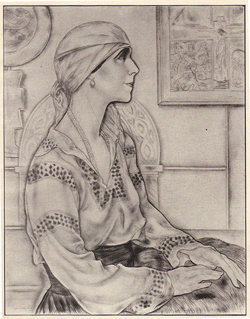 |
||||||||||||||
| Jean Negulescu (later Negulesco) became a talented artist at an early age. His inspired, modernisitic painting, captured the new forms of the early 20th century but infused with motifs linking European to Slavonic and Byzantine traditions. These are evidenced in the Queen Marie portrait in a peasant costume and the choice of background objects. | 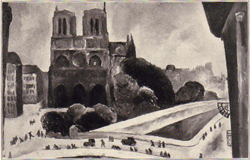 |
|||||||||||||
| Return | 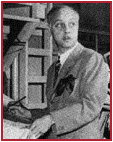 |
|||||||||||||
| His portraits and landscapes show a special talent that would endure life long though his career shifted radically at age 34.
Born 1900 in Craiova, Jean Negulesco at the age of 15 ran away to Vienna, Austria. Within a few years he had returned to Bucharest and gained quick recognition as a painter and some years later as a stage decorator in Paris, an artform that allowed for unfettered imagination. Traveling to New York in 1927 to exhibit his works, he decided to stay. This decision led to a radical shift into the movie industry in 1934 when invited to become and assistant producer in the heyday of the new Hollywood era. He would become highly respected and widely recognized in the United States for his movie career – though never abandoning his passion for painting. “He became a second unit director on pictures such as Captain Blood and A Farewell To Arms. He spent much of the middle and late 1930s as an associate director and screenwriter (including the original story for the Laurel and Hardy musical comedy Swiss Miss). He made two-reel shorts at Warner Bros., and was given his abortive feature directorial debut in 1941’s Singapore Woman, from which he was removed but retained credit as director. In the early days of 1942, he took over direction (including the denouement) of Across The Pacific from John Huston when Huston was called up for military service. The Mask of Dimetrios (1944) was Negulesco’s formal debut, and proved successful as an offbeat thriller based on an Eric Ambler mystery novel. He later made Johnny Belinda (1948), a groundbreaking drama about a deaf-mute girl who is the victim of rape, which won Jane Wyman an Oscar as Best Actress, and the fact-based prisoner-of-war drama Three Came Home (1950), starring Claudette Colbert. During the 1950s, Negulesco moved comfortably into slicker entertainment, including the comedy How To Marry A Millionaire (1953), the first film shot in CinemaScope, and Three Coins In the Fountain (1954), as well as Fred Astaire’s first wide-screen feature, Daddy Long Legs (1954). He retired from filmmaking after many years of declining work in features, and was one of the most honored of Hollywood’s elder statesmen for the last two decades of his life.” Source:
|
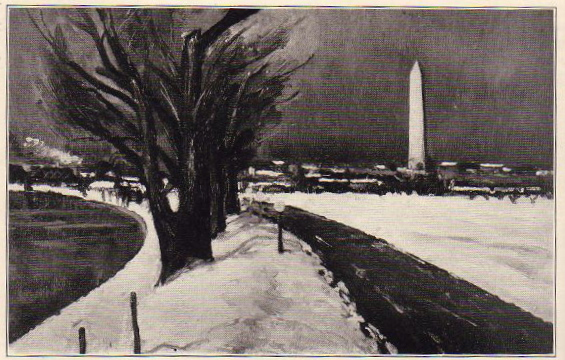 |
|||||||||||||
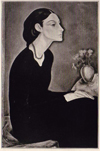 |
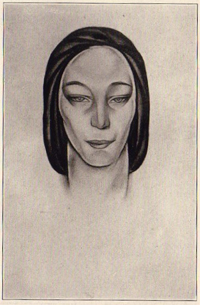 |
|||||||||||||
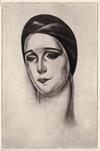 |
||||||||||||||
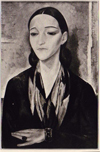 |
||||||||||||||
| Images reproduced from “”Some Impressions of Jean Negulesco,” Roumania – A Quarterly Review, July 1929, New York, N.Y. | ||||||||||||||
